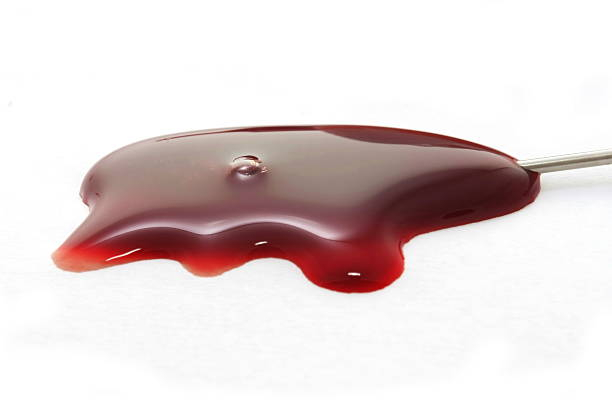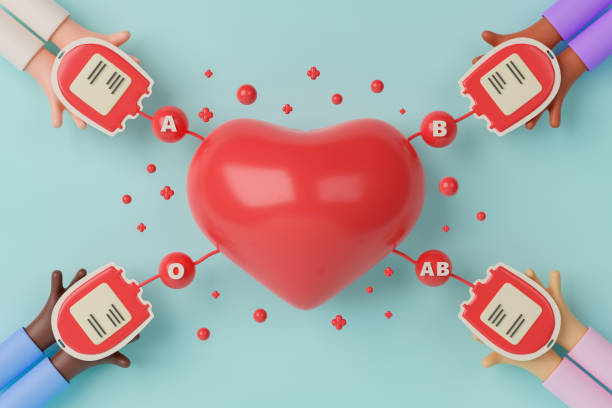Why is blood red?
As the juvenile red blood cell matures and becomes an adult in the bone marrow, it loses its nucleus and increases its hemoglobin synthesis. Hemoglobin is the red pigment that gives blood its color. It is made up of iron and protein. (Oxygen mixed with iron is red; the more oxygen bonded to iron, the more red it is.) When blood flows through the lungs, oxygen binds to hemoglobin in red blood cells. The oxygen is then carried by red blood cells through the arteries and capillaries to all other cells in the body.
Because the iron in the blood gives up its oxygen to the cells that require it as the red blood cells travel throughout the body, the arteries appear reddish. When the blood returns to the heart and subsequently to the lungs, it contains less than half as much oxygen as it had before. As a result, the veins do not receive as much oxygen as the other tissues and appear bluish.

















